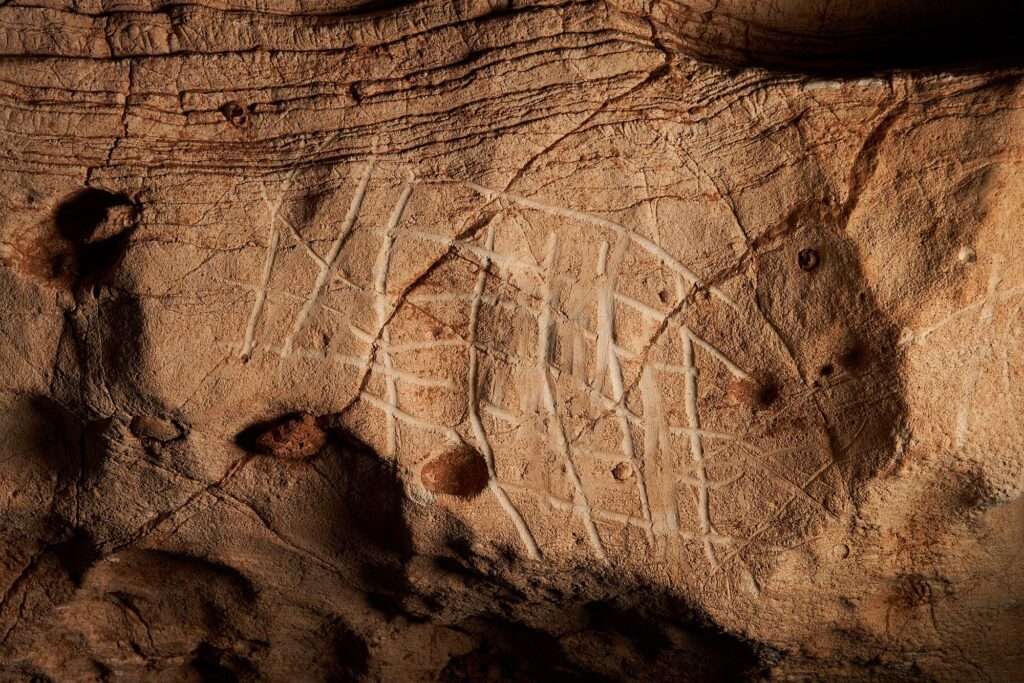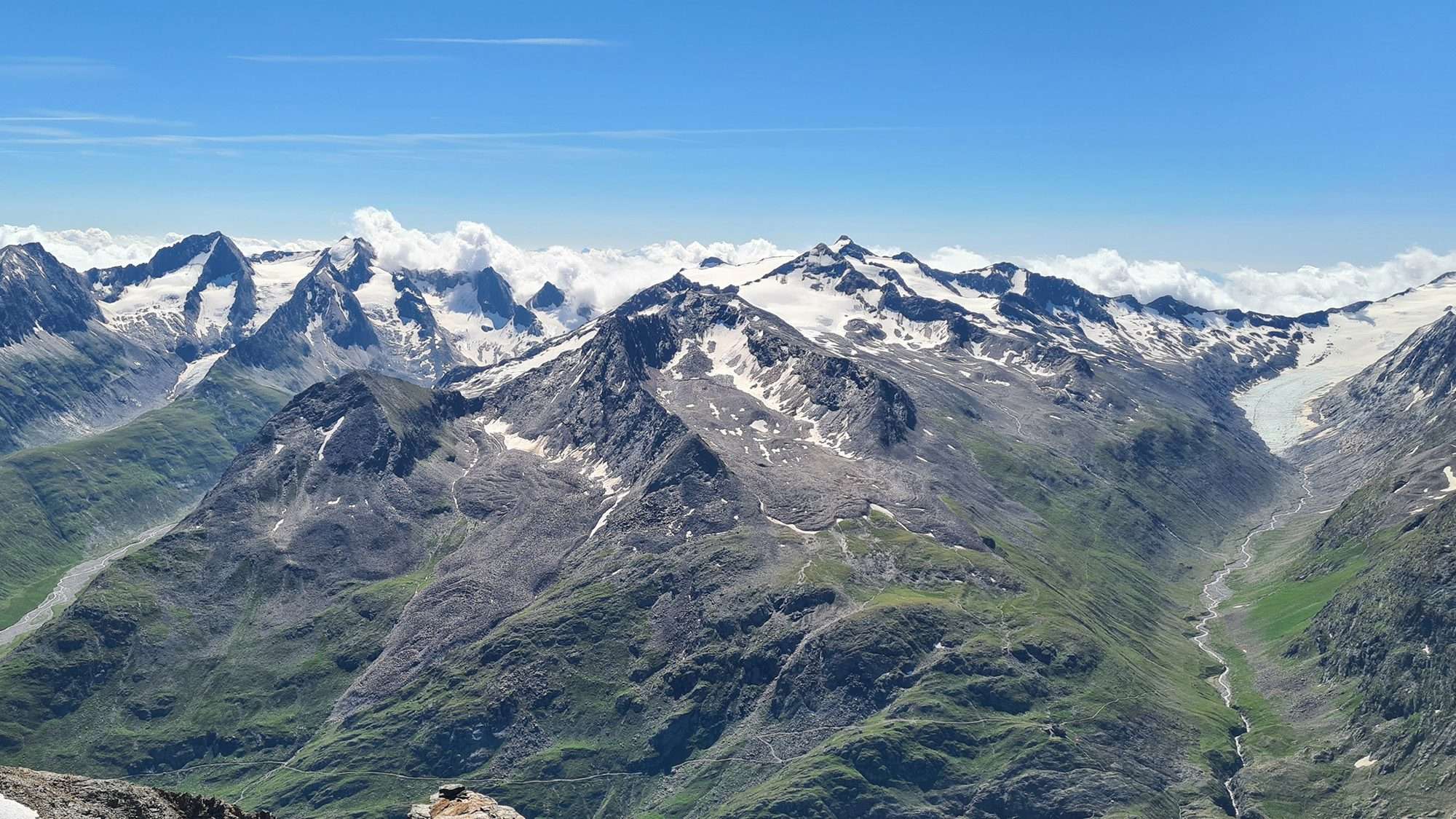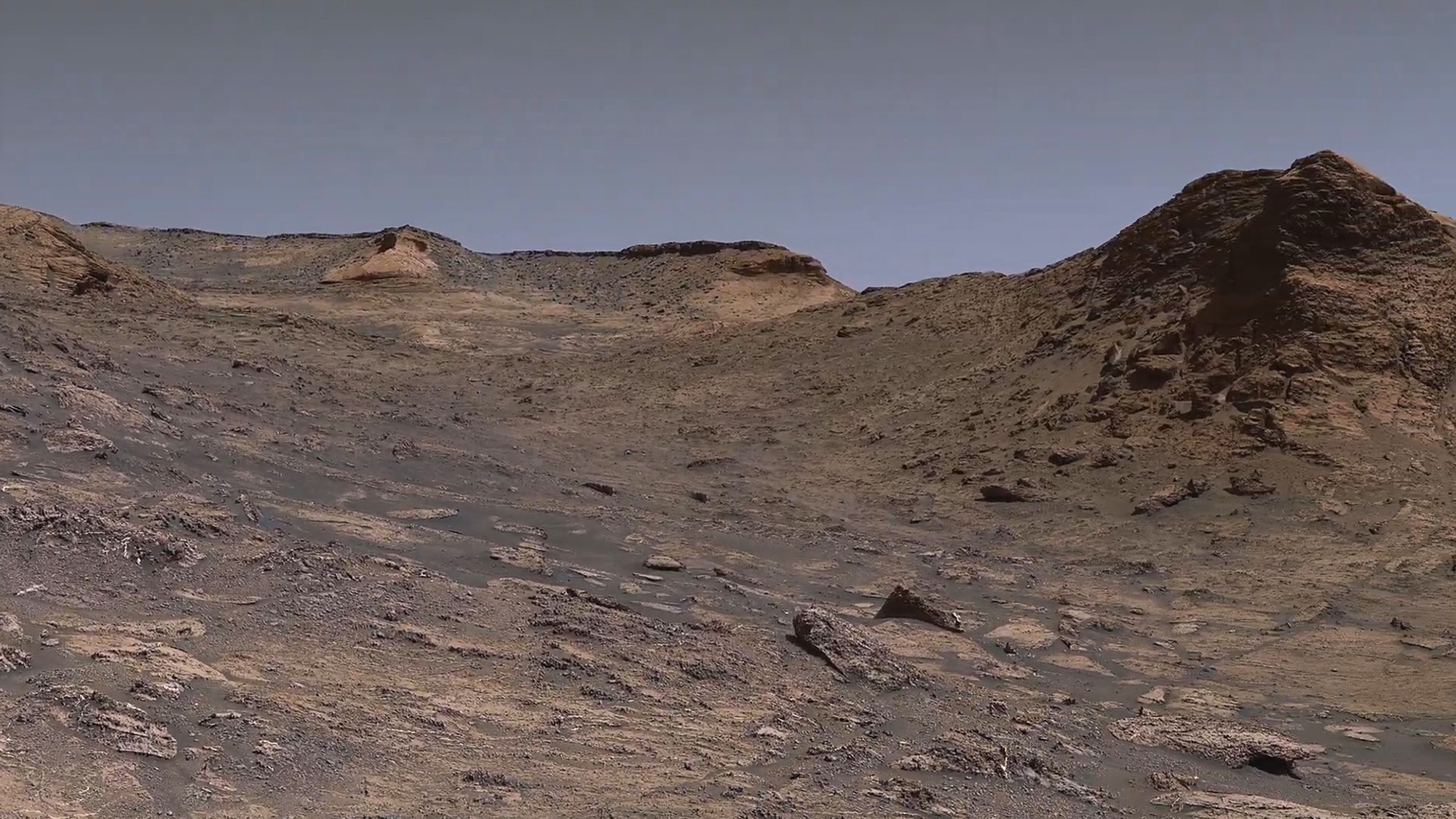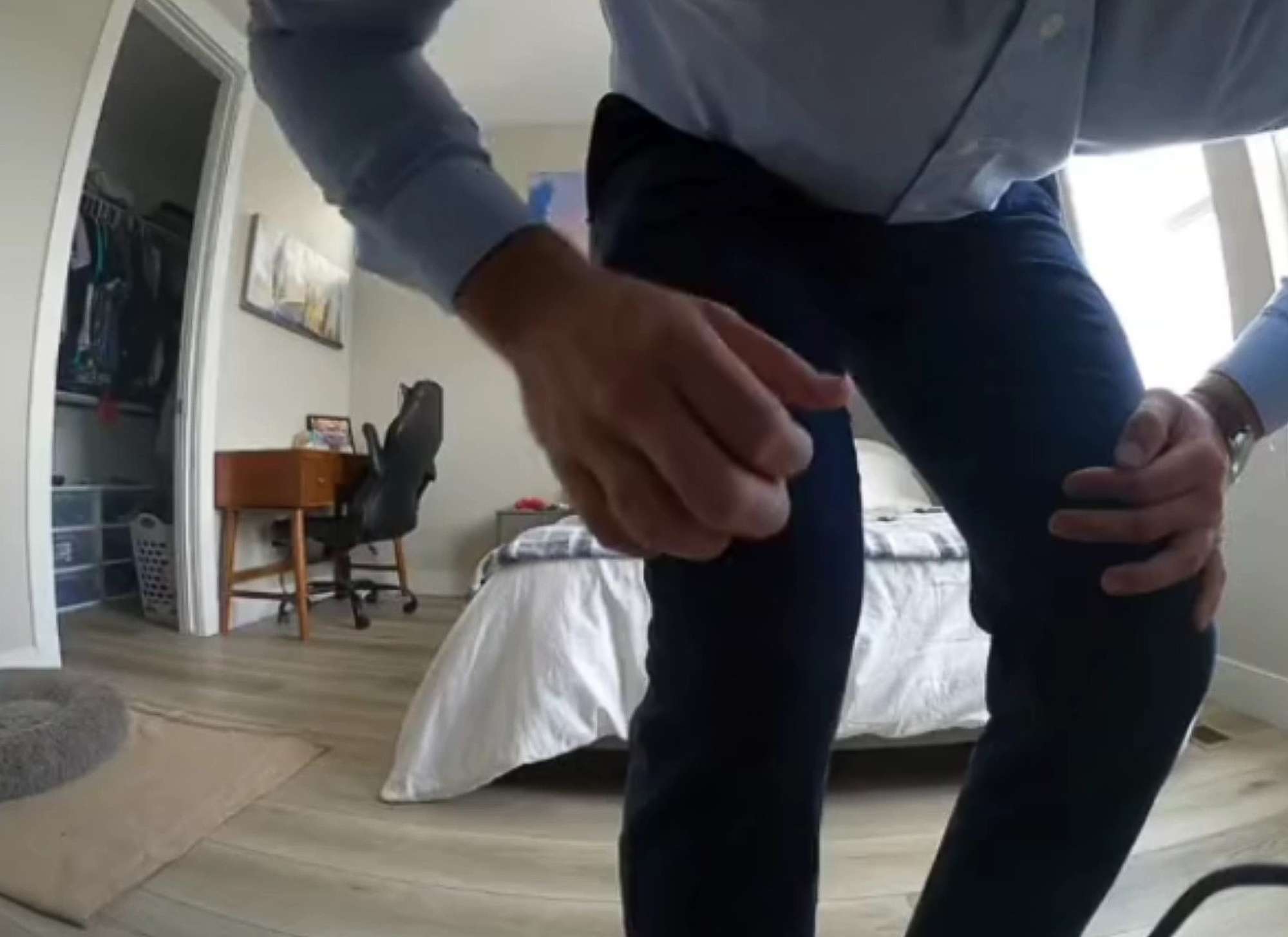Hundreds of cave drawings dating back to the Bronze Age have been found in a cave in north-eastern Spain.
Newsflash obtained a statement and images from the Catalan Institute of Human Palaeoecology and Social Evolution (IPHES) on Friday, 17th March, saying that the engravings were discovered in the “Cova de la Vila” cave near the village of La Febro, in the province of Tarragona, in Catalonia, in north-eastern Spain.
The statement also said the cave contains an eight-metre panel made up of five layers containing hundreds of drawings.

The IPHES said (in English): “[The] Cova de la Vida cave (La Febro, Catalonia, Spain) contains a 8-meter long panel composed of 5 different layers with hundreds of post-palaeolithic engravings.
“This composition is one of the most significant and well preserved post-palaeolithic ensembles from the Mediterranean Arc.”

They explained that the images, according to experts, date back between 3,000 and 5,000 years. The statement said: “According to specialist Ramon Vinas (IPHES-CERCA) this mural represents the cosmovision of first farmer societies during the calcolithic-bronze age (i.e. 5000 to 3000 years ago).
“The engravings were discovered on 13th May 2021 by a group of three speleologists and have been preliminarly studied by archaeologists and palaeontologists from IPHES-CERCA research centre (Tarragona).

“Due to its exceptionality and singularity, Cova de la Vila has been given the distintion of ‘Be Cultural d’Interès Nacional (BCIN)’, i.e. a national monument worth preserving.” (sic)










